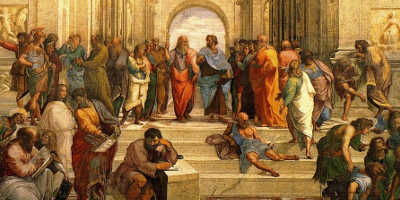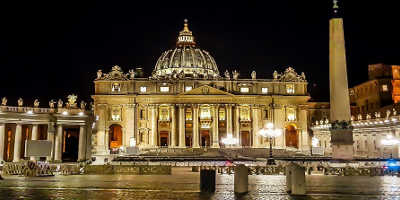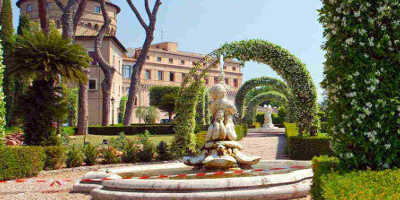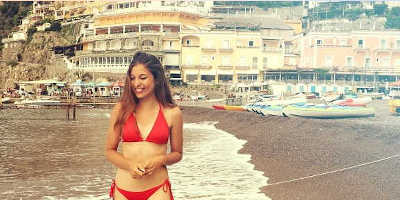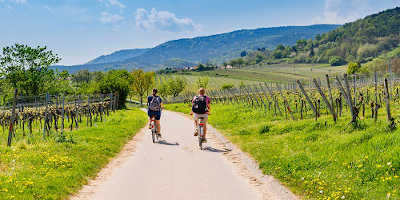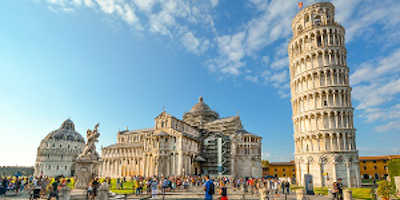Are Cameras allowed in the Vatican City?
Heading to the Vatican camera in hand? Don’t get too excited as the city has its very own guidelines concerning photography and videography. See below for more details:
Vatican City is a cherished treasure within the heart of Rome. An independent city-state controlled by the Catholic Church. It is home to an array of extortionary historic and cultural masterpieces, including buildings, artworks, and artefacts. Tourists from all over the world flock to the Vatican throughout the year, hoping to catch sight of the renowned works of art dwelling there. In their hoards tourists are also keen to capture the sights before them forever. In this day and age, photography goes hand in hand with travelling, especially when we consider the rise of travel blogs and social media. More than ever, people are wanting to get that perfect shot that they can show for all their wonderful experiences. But due to the Vatican’s strict guidelines, photography is sometimes prohibited in the religious city.
Where Cameras is prohibited in Vatican City?
The majority of the city’s attractions allow photography. Cameras are acceptable throughout all the Vatican Museums as well as inside St. Peter’s Basilica and outside in the St. Peter’s Square. The only restrictions that affect these areas are the basic guidelines for the entire city. These guidelines include; no flash photography, nor any stands, tripods or other professional equipment allowed. The use of “selfie sticks” is also prohibited. If you are seen using any of these things, guards have the right to confiscate your camera or phone, and request the immediate cancellations of any video or photographic material produced.
Sistine Chapel
The Chapel is the only place in the Vatican that photography and filming are completely banned. Undoubtedly one of the world’s most famous buildings, the Sistine Chapel is a testament to the immense skill of history’s greatest artists within the Renaissance era. The real reason for the ban dates back to 1980. During this time, the restoration of the masterpieces within the Chapel was to be completed. Due to the cost of this restoration, the Vatican officials looked to outside companies to fund the project. The request took place, and the highest bidder was the Nippon Television Network Corporation of Japan, offering 4 million dollars to restore this great masterpiece. As repayment, the Vatican officials provided the company with the complete rights to the photography and filming of the restored art. This exclusivity on photography was stated to expired three years after each artwork’s restoration was completed, however, the ban is still in place today. Given the damage that a large amount of flash photography can cause these artworks, it is no surprise that the Vatican City officials continued the camera restriction when Nippon’s contract expired.
Photography is a powerful thing, forever recording the world around you at a click of a button. But in modern times, it can slowly destroy the actual memories of the events, with many people only remembering certain parts of their adventures that surround their photos. The photos offer proof that you have been somewhere as well as being an excuse for you to move on to something else. So, relish this restriction, and take that camera out of your face! Drink in the masterpieces scattering the walls and ceilings and be fully immersed in the incredible beauty of the Sistine Chapel.

